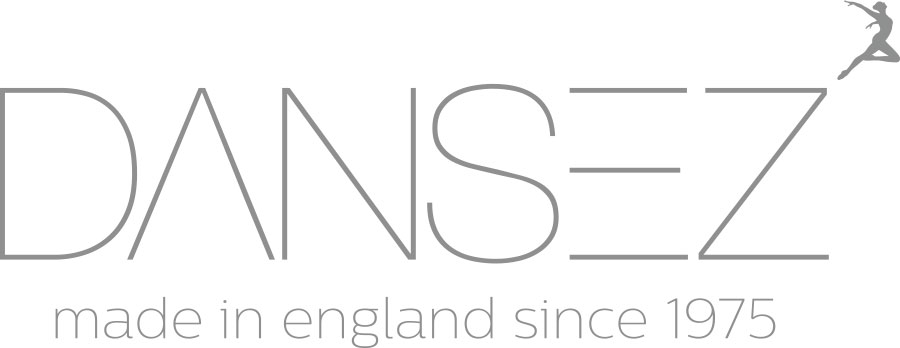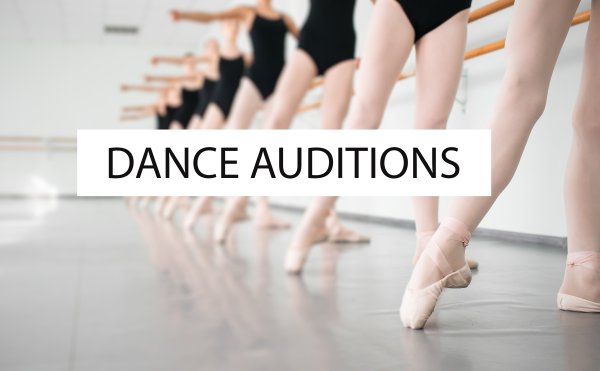Whether you are auditioning for a new dance school, or attending tryouts for a national dance show you have to be prepared in advance for the pain that is a dance audition. Though, this pain is not just negative pain, I am also talking about the kind of pain that helps a person not only improve their stamina, but their own personal strength and ability to control themselves. But, yes, unfortunately nerves and tiredness are a guaranteed bonus of spending months practicing, and then auditioning.
However, I am going to try and help you as much as possible and give you the guide lines of what makes a successful dance audition.
One.
Arrive early.
This gives you time to relax and stretch and mentally prepare yourself for the work ahead. Depending on the audition you may be given numbers, and by arriving early you will be handed a lower number, which can increase the chances of you being seen in an audition that may have hundreds of people in it.
Two.
Dress appropriately.
Over the years, certain things have changed. Years ago when you went to any audition, it was black leotards only, but now dancers are using coloured/stylised leotards to stand out. (Beware, some examiners like this trend and some of the more old fashioned ones do not. You may be best sticking to a full black leotard and having something to make you stand out, lace or mesh panels – theres a great selection of these on our online retail site dans-ez.com.)
Overall, the biggest and most important thing is to be neatly dressed: clean tights with no holes or runs, a clean leotard that maybe have a special back to it, ribbons and strings on your shoes tucked in, hair neat, slicked and professional looking, no ostentatious jewellery and no finger nail or toe nail polish.
Three.
Everything counts.
From the moment you walk into the audition room, examiners start judging. If they see you standing with your stomach hanging out, not stretching or concentrating and talking loudly to your friends, you just blew your first impression. They will look at everything from stage presence to who complains about minor injuries and asks to sit down a lot. They will take a mental note of who is polite, follows rules, is helpful and friendly to their peers and their inferiors. These latter things don’t usually matter, but if it comes down to all things being equal, they will give the role to the nicer more pleasant dancer every time.
Four.
Start dancing straight away.
This seems like a no brainer, but the truth is that most dancers spend the first few minutes of an audition sizing each other up. If you start dancing full out straight away, you’ll get the examiners attention. As soon as you do that, they will continue to look for you throughout the audition.
Continue to dance, not just do the steps, throughout the entire audition process. Remember, tickets to the ballet are expensive and your performance needs to be worth at LEAST that much. Stretch your lines, use your back, arms and head. Many people have great technique, now is the time to show what you can do with it.
Five.
Watch your body language and facial expressions.
Examiners are trying to make decisions about who you are, not just as a dancer, but as a person and they have to move quickly, you have to use your audition time to make a good impression. These people are trying to decide if they want to work with you. Do not cross your arms, put your hands on your hips or lean on the bar. Also, watch your concentration and resting face. Sometimes people have a stressed out “resting face” even when they do not feel stressed – if you are one of those people, you need to own it and fix it.
Six.
Finish.
With every dance, finish as expected. Don’t move until the teacher says okay or the music fully stops. This includes when you fall out of balances or pirouettes. When you are moving across the floor, dance all the way off, and whatever your last step is, do it well. If you forget the steps, keep dancing until you can pick it back up again and smile while doing it.
Seven.
Be polite.
Smile at the people giving you an audition and make eye contact. Don’t stand right in front of another dancer, show that you know how to use the space around you. Don’t stand in front of the piano if you have an accompanist for your audition. If you are in the front, move forward so the people behind you have some room. If you forget the steps moving across the floor, don’t stop and cause a pile up behind you, just keep going.
Eight.
Be smart.
If the dance moves forward or to a certain side, start opposite of that. Again, you have very little time to make an impression and everyone is looking for the smart dancer. If they ask you to go in groups of seven, make sure you go with the proper group. Smartness really just takes practice, so start now. Also, for some reason, there’s nothing more impressive for examiners than calling out ‘reverse it’ and dancers being able to do it on the fly, so make sure you know your steps inside and out.
Nine.
Say thank you.
Make sure you thank the examiners personally after your audition. It shows that you are polite and it also gives them one last time to look you in the eye.
Ten.
Have fun.
I know this is difficult to do when people are judging you, but there is nothing more captivating than watching a dancer do what they love to do. Try feeling exhilarated rather than scared during the whole process. If you make a mistake, laugh it off and move on. Having a good attitude, being able to laugh and learn from your mistakes and being devoted to what you do makes the best impression of all, and overall you have a higher chance of anything if you make a lasting impression by standing out.


Recent Comments